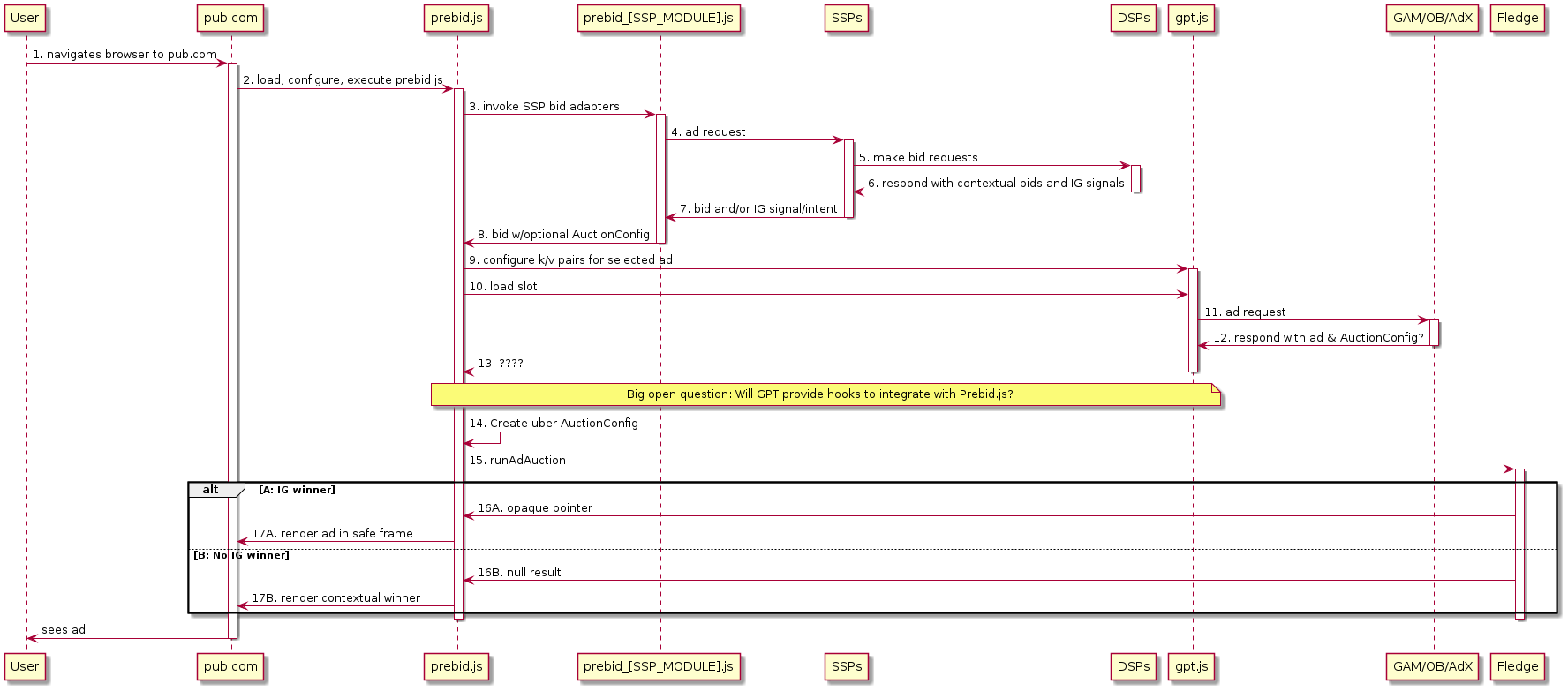Real-time bidding is a technology that allows advertisers to buy and content creators to sell ad inventory on a per-impression basis via instantaneous auctions, with multiple buying platforms competing. RTB helps advertisers and publishers to optimally allocate advertising inventory and assign a fair value to each impression.
In order to further improve user privacy protections, the Google RTB team is starting to consider how Chrome Privacy Sandbox ideas can be applied to RTB. We’d like to explore possible iterations of the privacy sandbox proposals and experiment with changes to the RTB interface between advertising exchanges and bidders. The experiments we run would enable publishers to choose stronger user privacy protections, while keeping RTB an effective channel to reach audiences and to monetize publisher inventory.
For example, real-time bidding could support targeting advertiser audiences via segments that refer to groups of many users sharing common interests or characteristics rather than a pseudonymous identifier referring to one user. Such aggregated audience segments could be provided by different sources, including an advertising exchange, a publisher, an advertiser, or a browser (see Federated Learning of Cohorts). Exchanges could offer a uniform RTB interface for aggregated audience targeting to bidders regardless of the data source.
For remarketing – advertising based on past visits to advertiser web sites – exchanges could experiment with concepts described in the TURTLEDOVE proposal. Exchanges can explore the separation between contextual and user interest components in the RTB data flow, along with hosting the ad selection logic that needs access to both components (for instance, brand safety checks for a product remarketing ad) in a sandbox. In addition, exchanges could design a consistent RTB interface for remarketing with improved privacy protections working across diverse environments, including browsers that support on-device ad selection and platforms that use pseudonymous resettable identifiers for advertising.
Advertising exchanges can also apply the idea of a Privacy Budget to improve the RTB interface privacy protections and reduce or obviate the reliance on such high-entropy fields as IP address and user agent (some exchanges may already be limiting the entropy, for example, by truncating the IP address in the bid request). With constraints imposed by the privacy budget, a given bid request would not provide information about a device that may allow one to indirectly identify a specific user or a very small group of users, and instead offer fields that enable targeting by sufficiently coarse-grained geolocation or device and browser type.
For use cases such as non-human traffic and abuse detection, where access to the signals from the device continues to be vital to prevent fraudulent activity, the RTB ecosystem would benefit from being able to ensure buyer’s confidence in the inventory sold programmatically while minimizing the sharing of the information about the user. We propose to experiment with approaches such as the Trust Token API, which allow trust token issuers – i.e. sites with user interactions that can indicate high likelihood of real and valid users – to share that knowledge with other parties without increasing the ability to track users across sites.
We plan to evaluate the viability of these and other proposals via small-scale real-world experiments conducted by exchanges and bidders. We welcome advertising industry partners to provide input to these RTB experiments that minimize user data sharing and better protect user privacy.
These conceptual discussions around additional ideas, modifications, and extensions to the privacy sandbox include:
These are experiment proposals we are evaluating to test approaches to strengthen user privacy protections in RTB:
- TURTLEDOVE simulation
- Evaluate the impact of the TURTLEDOVE micro-targeting protections
- Frequency Capping
- Structured User Agent
- Structured Geolocation
- Exchange-assisted invalid traffic filtering
Possible approaches to defining and implementing trust models for remote servers.



